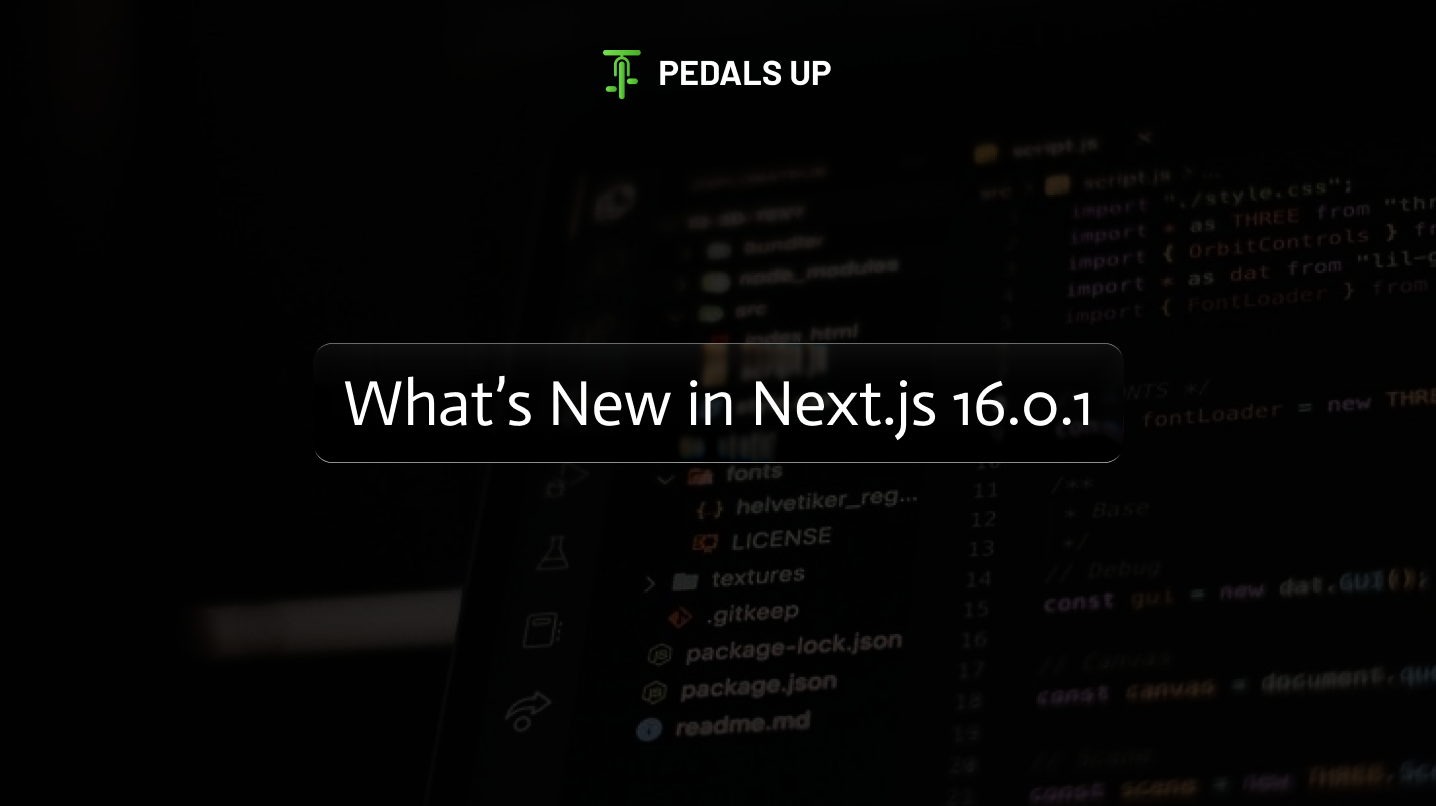DevOps Practices
Ongoing provision: Constant delivery refers to the process of automatically build Testing and reading the code changes for release to production in the software development.
Continuous integration: A single application that can be constructed as a collection of discrete services as microservices. It uses the microservices architecture design technique. All the services are standalone and interact with other services using a lightweight mechanism.
Code Based: Infrastructure as a code term refers to the provisioning and management of infrastructure so the use of code and software development. It includes continuous integration and version control. Instead of manually setting up or configuring any resources, you can interact with infrastructure programmatically and at a scale. It is all done because of the API driven paradigm.
Developers use management of configurations next line of code to automate all the processes. These are related to the operating systems posts and other configurations. Configuration changes are generally standardized and repeatable if the code is used

Seamless DevOps Integration
Pedals Up brings you a streamlined DevOps integration experience, seamlessly weaving together development and operations. Our experts ensure a smooth transition, optimizing your workflow for enhanced efficiency and faster project delivery. Embrace the power of cohesive collaboration with Pedals Up’s DevOps services and elevate your development process to new heights.
Compared to companies employing conventional software development and infrastructure management processes, DevOps organizations can deliver applications and services at a higher velocity, allowing for the faster evolution and improvement of products. Due to this speed, organizations may service their clients more effectively and compete more successfully in the market.
When security is a primary concern for every DevOps team member, the term “DevSecOps” is employed.
In the past, these teams used protocols to automate labor-intensive, slow, manual processes. These tools help engineers accomplish tasks (such as providing infrastructure or delivering code) autonomously that would have otherwise required support from other teams, but they also accelerate a team’s velocity.
Benefits of DevOps
Quick Shipping : Boost the frequency and velocity of releases to develop and enhance your product faster. The speed at which you can ship new products and fix errors will determine how quickly you can respond to customer requests and obtain a competitive advantage. The software release process is automated from build to deploy through continuous integration and delivery techniques.
Higher Speed: Accelerate your innovation for customers, improve your ability to adjust to shifting markets, and develop into a more proficient driver of commercial outcomes. DevOps paradigm makes These outcomes possible for your operations and development teams.
Dependability : Make sure that infrastructure modifications and application updates are high enough caliber to enable you to deliver more frequently while preserving end customers’ satisfaction. Use continuous delivery and integration techniques to verify that every modification is secure and operational.
Why DevOps Matters
Software is now an essential part of every aspect of business operations, not only a means of assistance.
To interact with their customers, businesses employ software available as mobile applications, web services, and on a range of platforms. They also use software to reinvent communications, operations, and logistics along the entire value chain to increase operational efficiencies. By leveraging industrial automation, enterprises today must adapt how they design, produce, and distribute things, much as the physical goods sectors did throughout the 20th century.
Conclusion
The DevOps paradigm depends on efficient tooling to enable teams to innovate and deliver quickly and dependably for their clients. These technologies maintain engineers in control of the high pace that DevOps enables, automate tedious processes, and assist teams in managing complex settings at scale. Fast-Track to Success – Decoding the DevOps Advantage




